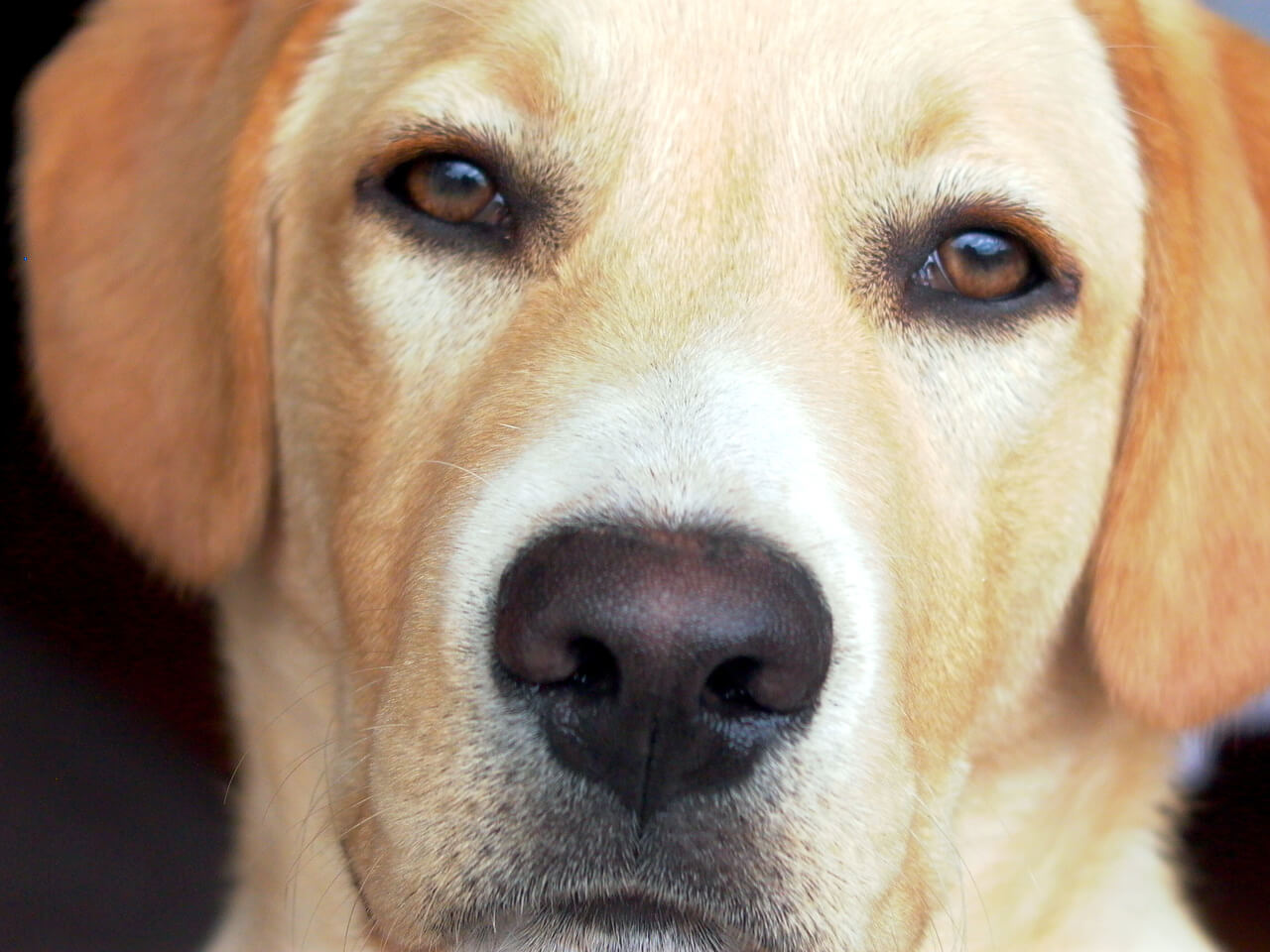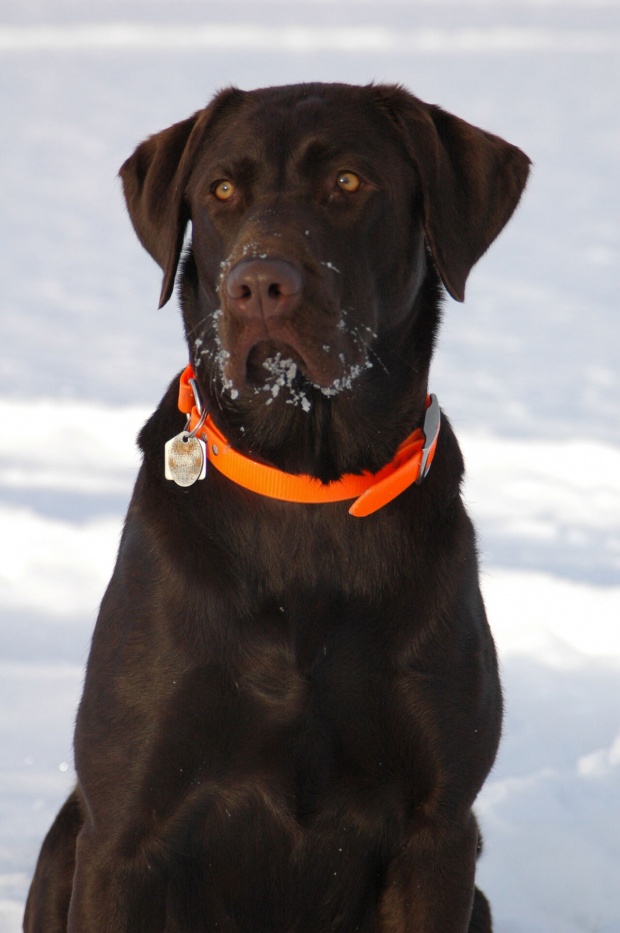7 Ways to Improve Lab Dog Behavior This Week

Most people who own a Lab dog have experienced the problem in the behavior of their dog at one point or another.
This problem is that the primary reason for the owners in giving up their Lab in a shelter. One thing they do not know is that the “behavioral problem” of the lab puppy has two kinds; the innate behavior and the abnormal behavior. The innate behavior is the natural behavior of the Labrador. This means that it is not typically a problem; the problem can be found on the surreal expectation of the owner toward his pet. However, this doesn’t mean that it should be tolerated. But these natural behaviors can be contained with proper exercises and training. Here are some of the proven ways to improve the behavior of your Labrador.

7 Ways to Improve Lab Dog Behavior
Before you find the perfect way to enhance the behavior of your Lab dog, you should first be aware of the common cause of their behavioral problem. Some of the reasons include lack of sleep and comfort, change in diet and routine, genetics, not enough exercise, socially isolated, insufficient socialization when they were just a lab puppy and poor health condition. This will result to excessive biting and barking, inflicting self-harm, digging, being hyperactive and others.
1. Relax the dog-Lab Dog are designed to be very active and restless. This can be traced to the genetics of the Lab, but not all of us know that the major cause of this problem is the way we react to the Labrador. When they exhibit aggressive behavior we tend to respond to them with equal energy and ignore them if they exhibit relaxing behavior. If you managed to reverse the way you react to your dog, you can also create great changes in your dog’s behavior.
2. Command- when you command your Lab dog to sit, say it only once and not for 5 times. If they get used to this command, they will respond more effectively to your other command. Never repeat your command, just wait patiently. If the Lab doesn’t respond on your command. Get a treat and show it to him. Move it to the back of his tail until he sits. Give him the treat if he sits.
3. Sharpening the recall when your Lab Dog is not busy with other things, try saying that “recall word”, if he looks at you, give him a treat. Put the treat on your side so he will come right next to you.
4. Improving the Walk-Most Lab has a tendency to pull on the leash when you are walking them. Most probable reason is that they are not interested in your place. While it is too tempting for them to disobey you, they are also scared to lose you. Turn on the different direction and it should instruct them to follow you.






